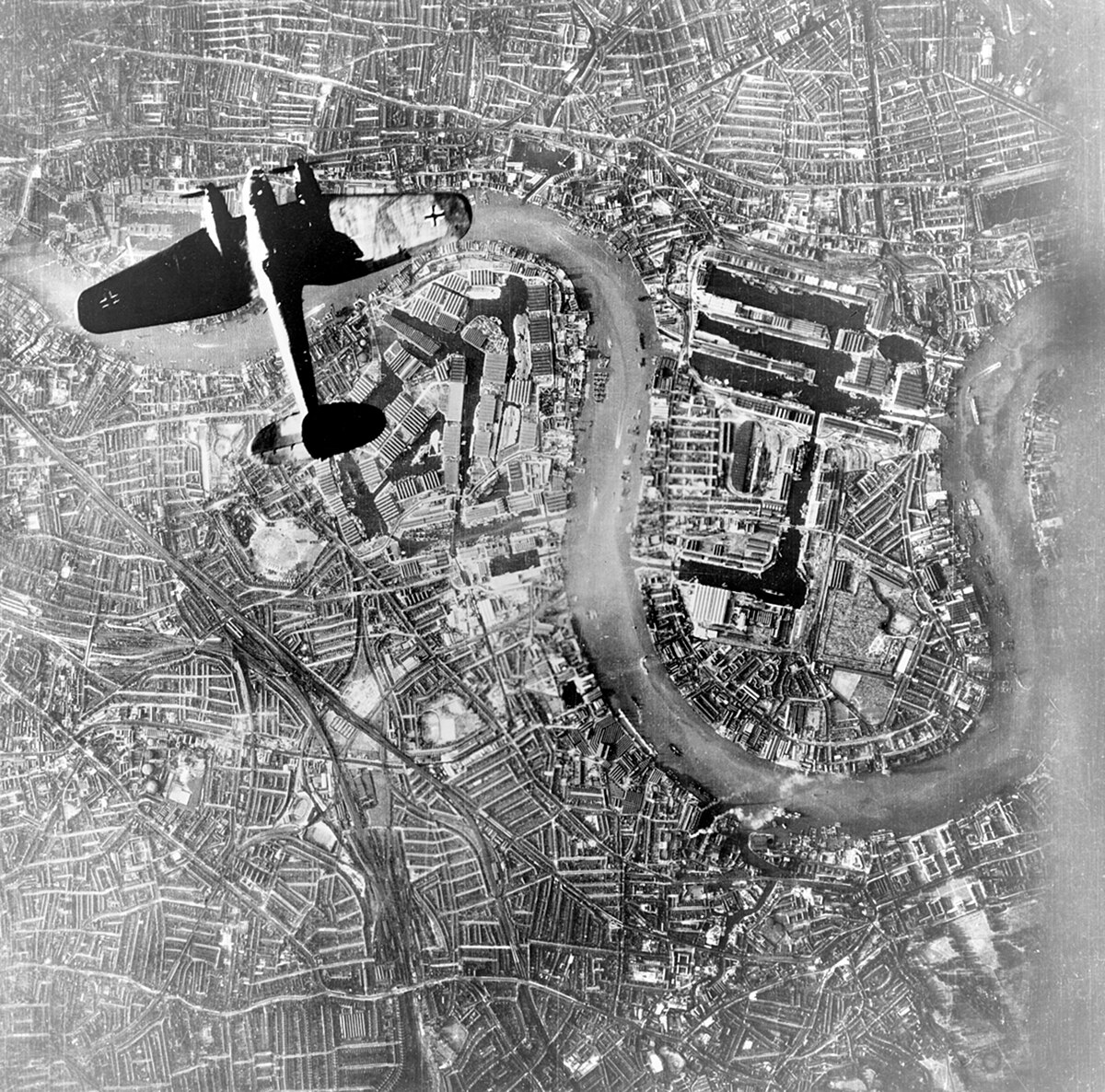David Flin
Gone Fishin'
What is the cost of a V1 in comparison to a Me 109 and a Stuka ?
If I have the costs, it will be easy to prove how economically it is impossible for German economy to produce V1 in great numbers ?
That's not the correct equivalence.
The V1 is a one use explosive that, once launched, can't be recalled, redirected, or reused.
The bomber is reusable until shot down, can be redirected in mid operation, and can, should the situation warrant it, abort and return. Most importantly, it can be used on a second and third and fourth mission.
The correct equivalence to the V1 is an equivalent weight in bombs. Once dropped, these can't be redirected, recalled, or reused.
